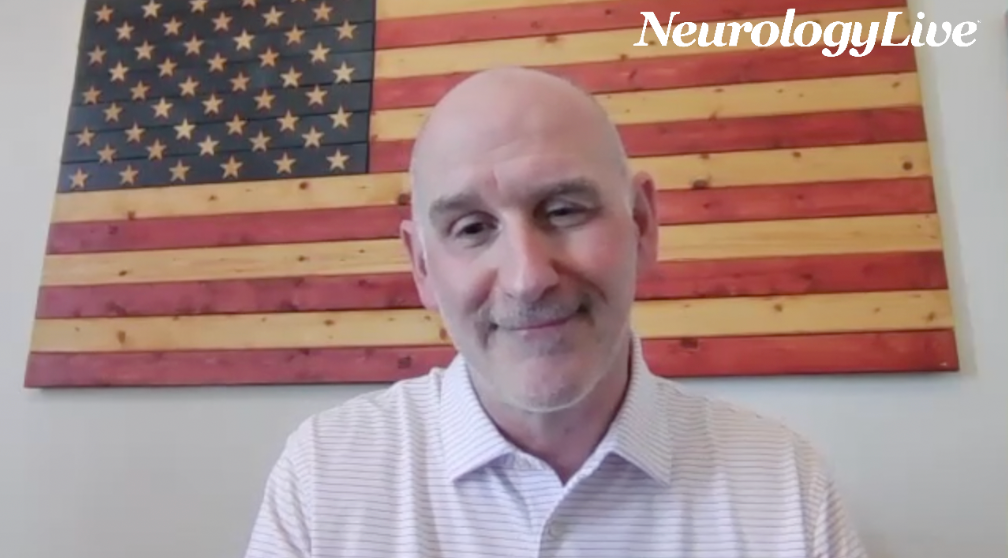WATCH TIME: 3 minutes
“A retrospective database paper is one thing—it’s a signal. But many patients already have on-label indications for GLP-1s, so practice may shift even before a trial is done.”
Earlier this summer, a published retrospective cohort study provided the first glimpse of the potential for glucagon-like peptide 1 receptor agonists (GLP-1 RAs) as a potential novel approach to improve outcomes in patients with idiopathic intracranial hypertension (IIH). IHH, characterized by elevated intracranial pressure without an identifiable cause, is not fully understood mechanistically, and is considered strongly linked to obesity, present in about 90% of cases. Although the exact mechanism linking obesity to IIH remains unknown, weight loss is beneficial, and thus, the idea behind using GLP-1 RAs, remains promising.
Led by Dennis Rivet, MD, the trial included 44,373 patients with IIH identified through the TriNetX US Collaborative Network, 603 who were on GLP-1 RAs and 43,770 who were managed with conventional treatments, such as acetazolamide, topiramate, and dietary counseling. After matching, 555 GLP-1 RAs users were compared with 555 nonusers. Overall, GLP-1 RA use was association with lower medication use (RR, 0.53; 95% CI, 0.46-0.61; P <.001), and reduced headaches RR, 0.45; 95% CI, 0.35-0.58; P < .001), visual disturbances or blindness (RR, 0.60; 95% CI, 0.41-0.88; P = .007), and papilledema (RR, 0.19; 95% CI, 0.10-0.34; P < .001). Notably, Procedures (RR, 0.44; 95% CI, 0.30-0.63; P < .001) and mortality (RR, 0.36; 95% CI, 0.18-0.73; P = .003) were lower in the GLP-1 RA group but mean body mass index did not differ at follow-up (40.6 [9.2] vs 39.5 [8.7]; P = .10).
Rivet, who serves as the Harold I. Nemuth Chair in Neurological Disorders at Virginia Commonwealth University, believes there is a need for more controlled, nonretrospective studies to further understand the potential of GLP-1s to treat stroke-related conditions like IIH. While acknowledging the limitations of his trinetX database study, Rivet notes that many patients with this condition already qualify for GLP-1 therapy due to obesity, diabetes, or other comorbidities—meaning clinical adoption may accelerate even without a formal trial. Above all, he emphasized their potential to improve not only intracranial pressure symptoms but also the broader metabolic and cardiovascular health of these patients.
